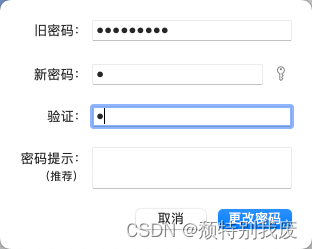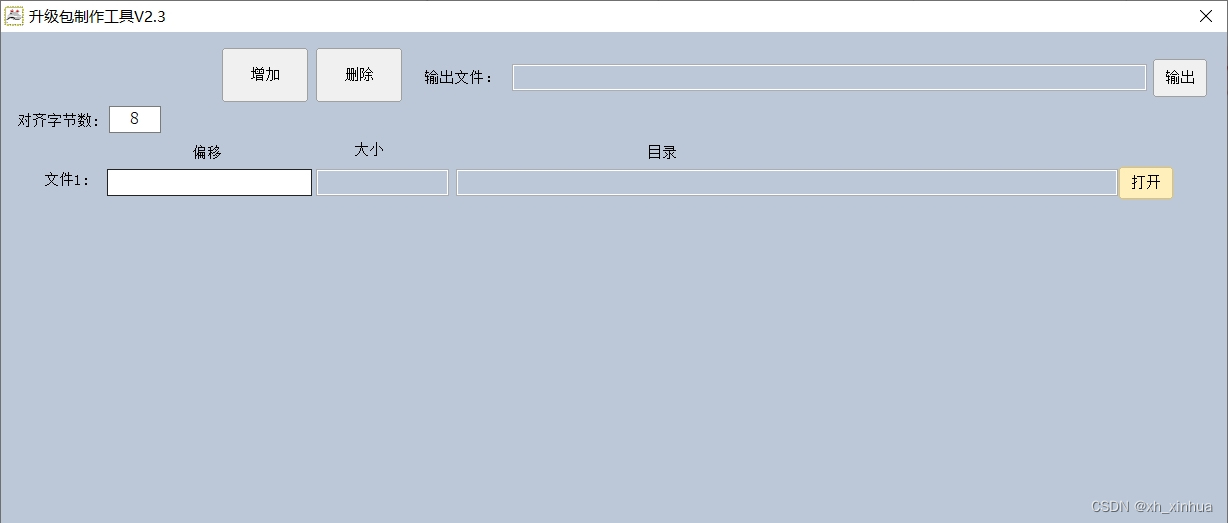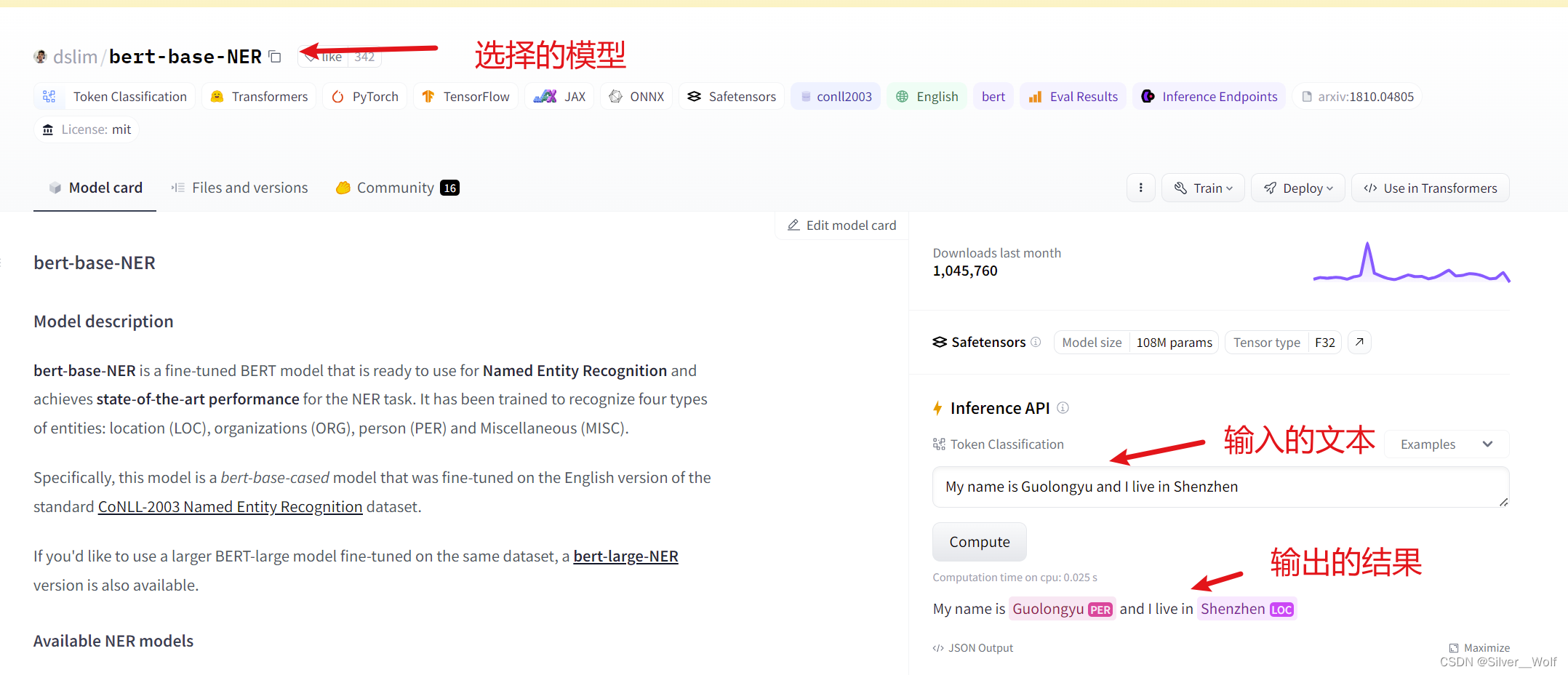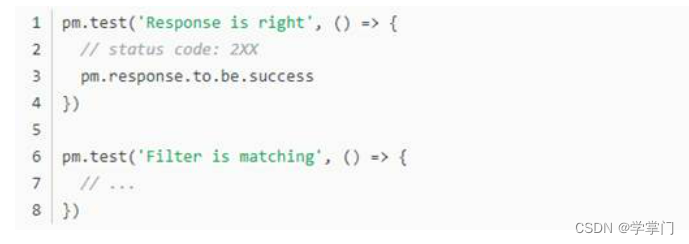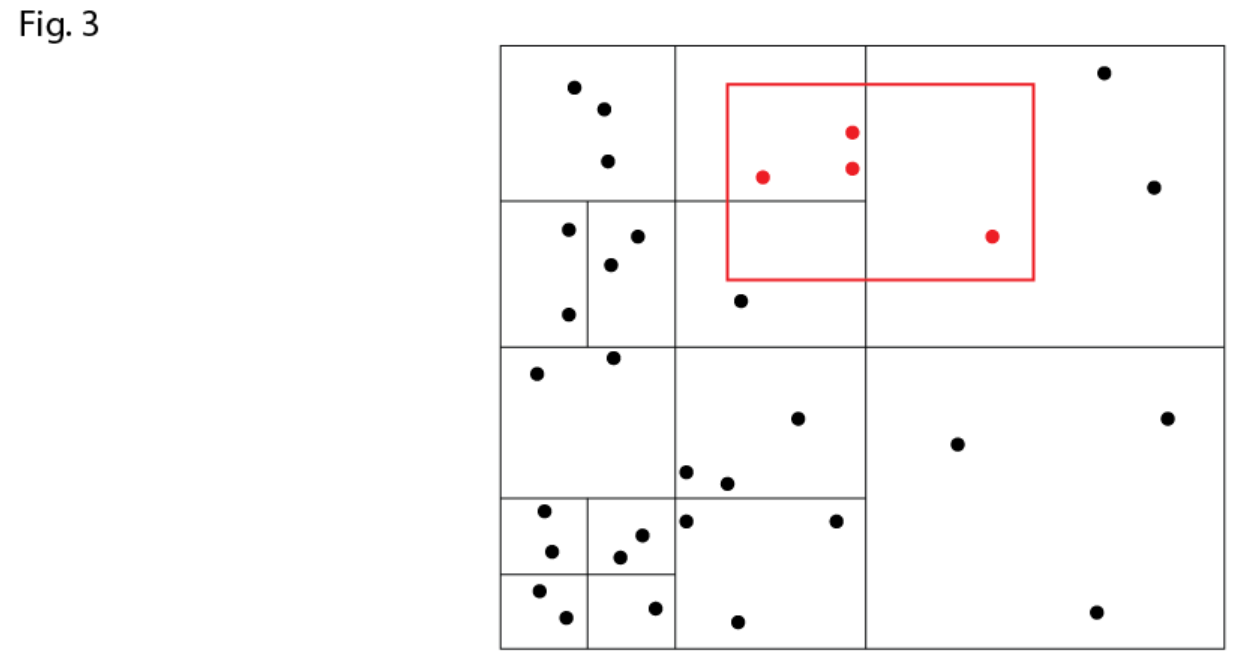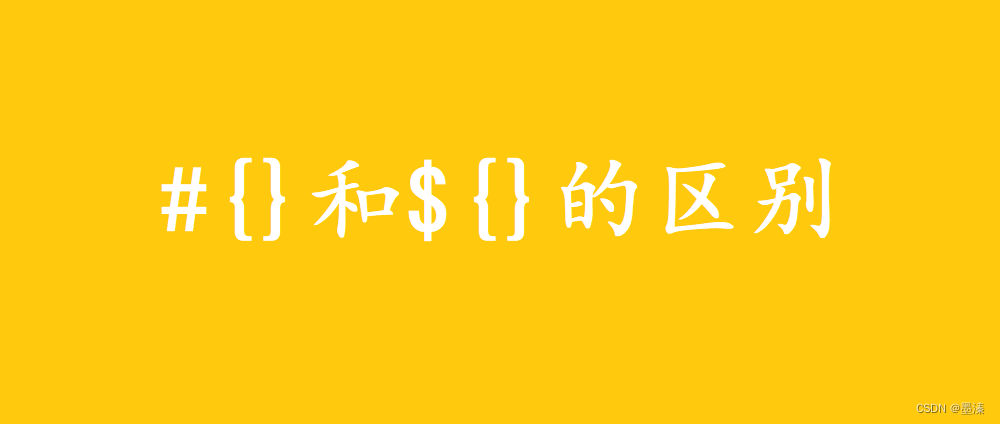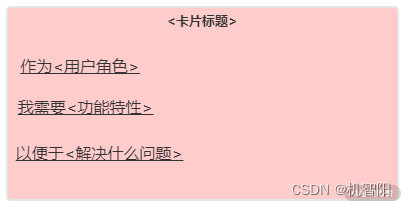1.安装 Swagger 在NuGet程序包中安装以下文件
Swashbuckle:

Swagger:

Swagger.Net:

2.在项目APP_Start 文件夹下面找到 SwaggerNet.cs文件
1.注释掉这两行代码

2.将PreStart方法的内容修改为以下
public static void PreStart()
{
RouteTable.Routes.MapHttpRoute(
name: "SwaggerApi",
routeTemplate: "api/docs/{controller}",
defaults: new { swagger = true }
);
}3.创建一个文件夹 文件夹名字为SwaggerUI
4.在文件夹里面创建一个js文件 名字为:swagger_lang.js
5.swagger_lang.js文件的内容为以下
'use strict';
window.SwaggerTranslator = {
_words: [],
translate: function () {
var $this = this;
$('[data-sw-translate]').each(function () {
$(this).html($this._tryTranslate($(this).html()));
$(this).val($this._tryTranslate($(this).val()));
$(this).attr('title', $this._tryTranslate($(this).attr('title')));
});
},
setControllerSummary: function () {
$.ajax({
type: "get",
async: true,
url: $("#input_baseUrl").val(),
dataType: "json",
success: function (data) {
var summaryDict = data.ControllerDesc;
var id, controllerName, strSummary;
$("#resources_container .resource").each(function (i, item) {
id = $(item).attr("id");
if (id) {
controllerName = id.substring(9);
strSummary = summaryDict[controllerName];
if (strSummary) {
$(item).children(".heading").children(".options").first().prepend('<li class="controller-summary" title="' + strSummary + '">' + strSummary + '</li>');
}
}
});
}
});
},
_tryTranslate: function (word) {
return this._words[$.trim(word)] !== undefined ? this._words[$.trim(word)] : word;
},
learn: function (wordsMap) {
this._words = wordsMap;
}
};
/* jshint quotmark: double */
window.SwaggerTranslator.learn({
"Warning: Deprecated": "警告:已过时",
"Implementation Notes": "实现备注",
"Response Class": "响应类",
"Status": "状态",
"Parameters": "参数",
"Parameter": "参数",
"Value": "值",
"Description": "描述",
"Parameter Type": "参数类型",
"Data Type": "数据类型",
"Response Messages": "响应消息",
"HTTP Status Code": "HTTP状态码",
"Reason": "原因",
"Response Model": "响应模型",
"Request URL": "请求URL",
"Response Body": "响应体",
"Response Code": "响应码",
"Response Headers": "响应头",
"Hide Response": "隐藏响应",
"Headers": "头",
"Try it out!": "试一下!",
"Show/Hide": "显示/隐藏",
"List Operations": "显示操作",
"Expand Operations": "展开操作",
"Raw": "原始",
"can't parse JSON. Raw result": "无法解析JSON. 原始结果",
"Model Schema": "模型架构",
"Model": "模型",
"apply": "应用",
"Username": "用户名",
"Password": "密码",
"Terms of service": "服务条款",
"Created by": "创建者",
"See more at": "查看更多:",
"Contact the developer": "联系开发者",
"api version": "api版本",
"Response Content Type": "响应Content Type",
"fetching resource": "正在获取资源",
"fetching resource list": "正在获取资源列表",
"Explore": "浏览",
"Show Swagger Petstore Example Apis": "显示 Swagger Petstore 示例 Apis",
"Can't read from server. It may not have the appropriate access-control-origin settings.": "无法从服务器读取。可能没有正确设置access-control-origin。",
"Please specify the protocol for": "请指定协议:",
"Can't read swagger JSON from": "无法读取swagger JSON于",
"Finished Loading Resource Information. Rendering Swagger UI": "已加载资源信息。正在渲染Swagger UI",
"Unable to read api": "无法读取api",
"from path": "从路径",
"server returned": "服务器返回"
});
$(function () {
window.SwaggerTranslator.translate();
window.SwaggerTranslator.setControllerSummary();
});6.将SwaggerConfig.cs文件
public class SwaggerConfig
{
public static void Register()
{
var xmlFile = string.Format("{0}/xxxx.XML", System.AppDomain.CurrentDomain.BaseDirectory);
var thisAssembly = typeof(SwaggerConfig).Assembly;
GlobalConfiguration.Configuration
.EnableSwagger(c =>
{
c.IncludeXmlComments(GetXmlCommentsPath("xxxx"));
// By default, the service root url is inferred from the request used to access the docs.
// However, there may be situations (e.g. proxy and load-balanced environments) where this does not
// resolve correctly. You can workaround this by providing your own code to determine the root URL.
//
//c.RootUrl(req => GetRootUrlFromAppConfig());
// If schemes are not explicitly provided in a Swagger 2.0 document, then the scheme used to access
// the docs is taken as the default. If your API supports multiple schemes and you want to be explicit
// about them, you can use the "Schemes" option as shown below.
//
//c.Schemes(new[] { "http", "https" });
// Use "SingleApiVersion" to describe a single version API. Swagger 2.0 includes an "Info" object to
// hold additional metadata for an API. Version and title are required but you can also provide
// additional fields by chaining methods off SingleApiVersion.
//
c.SingleApiVersion("v1", "ZhongShenDongLiAPI");
c.IncludeXmlComments(GetXmlCommentsPath("ZhongShenDongLiAPI"));
c.DocumentFilter<HiddenApiFilter>();
c.CustomProvider((defaultProvider) => new SwaggerControllerDescProvider(defaultProvider, xmlFile));
// If you want the output Swagger docs to be indented properly, enable the "PrettyPrint" option.
//
//c.PrettyPrint();
// If your API has multiple versions, use "MultipleApiVersions" instead of "SingleApiVersion".
// In this case, you must provide a lambda that tells Swashbuckle which actions should be
// included in the docs for a given API version. Like "SingleApiVersion", each call to "Version"
// returns an "Info" builder so you can provide additional metadata per API version.
//
//c.MultipleApiVersions(
// (apiDesc, targetApiVersion) => ResolveVersionSupportByRouteConstraint(apiDesc, targetApiVersion),
// (vc) =>
// {
// vc.Version("v2", "Swashbuckle Dummy API V2");
// vc.Version("v1", "Swashbuckle Dummy API V1");
// });
// You can use "BasicAuth", "ApiKey" or "OAuth2" options to describe security schemes for the API.
// See https://github.com/swagger-api/swagger-spec/blob/master/versions/2.0.md for more details.
// NOTE: These only define the schemes and need to be coupled with a corresponding "security" property
// at the document or operation level to indicate which schemes are required for an operation. To do this,
// you'll need to implement a custom IDocumentFilter and/or IOperationFilter to set these properties
// according to your specific authorization implementation
//
//c.BasicAuth("basic")
// .Description("Basic HTTP Authentication");
//
// NOTE: You must also configure 'EnableApiKeySupport' below in the SwaggerUI section
//c.ApiKey("apiKey")
// .Description("API Key Authentication")
// .Name("apiKey")
// .In("header");
//
//c.OAuth2("oauth2")
// .Description("OAuth2 Implicit Grant")
// .Flow("implicit")
// .AuthorizationUrl("http://petstore.swagger.wordnik.com/api/oauth/dialog")
// //.TokenUrl("https://tempuri.org/token")
// .Scopes(scopes =>
// {
// scopes.Add("read", "Read access to protected resources");
// scopes.Add("write", "Write access to protected resources");
// });
// Set this flag to omit descriptions for any actions decorated with the Obsolete attribute
//c.IgnoreObsoleteActions();
// Each operation be assigned one or more tags which are then used by consumers for various reasons.
// For example, the swagger-ui groups operations according to the first tag of each operation.
// By default, this will be controller name but you can use the "GroupActionsBy" option to
// override with any value.
//
//c.GroupActionsBy(apiDesc => apiDesc.HttpMethod.ToString());
// You can also specify a custom sort order for groups (as defined by "GroupActionsBy") to dictate
// the order in which operations are listed. For example, if the default grouping is in place
// (controller name) and you specify a descending alphabetic sort order, then actions from a
// ProductsController will be listed before those from a CustomersController. This is typically
// used to customize the order of groupings in the swagger-ui.
//
//c.OrderActionGroupsBy(new DescendingAlphabeticComparer());
// If you annotate Controllers and API Types with
// Xml comments (http://msdn.microsoft.com/en-us/library/b2s063f7(v=vs.110).aspx), you can incorporate
// those comments into the generated docs and UI. You can enable this by providing the path to one or
// more Xml comment files.
//
//c.IncludeXmlComments(GetXmlCommentsPath());
// Swashbuckle makes a best attempt at generating Swagger compliant JSON schemas for the various types
// exposed in your API. However, there may be occasions when more control of the output is needed.
// This is supported through the "MapType" and "SchemaFilter" options:
//
// Use the "MapType" option to override the Schema generation for a specific type.
// It should be noted that the resulting Schema will be placed "inline" for any applicable Operations.
// While Swagger 2.0 supports inline definitions for "all" Schema types, the swagger-ui tool does not.
// It expects "complex" Schemas to be defined separately and referenced. For this reason, you should only
// use the "MapType" option when the resulting Schema is a primitive or array type. If you need to alter a
// complex Schema, use a Schema filter.
//
//c.MapType<ProductType>(() => new Schema { type = "integer", format = "int32" });
// If you want to post-modify "complex" Schemas once they've been generated, across the board or for a
// specific type, you can wire up one or more Schema filters.
//
//c.SchemaFilter<ApplySchemaVendorExtensions>();
// In a Swagger 2.0 document, complex types are typically declared globally and referenced by unique
// Schema Id. By default, Swashbuckle does NOT use the full type name in Schema Ids. In most cases, this
// works well because it prevents the "implementation detail" of type namespaces from leaking into your
// Swagger docs and UI. However, if you have multiple types in your API with the same class name, you'll
// need to opt out of this behavior to avoid Schema Id conflicts.
//
//c.UseFullTypeNameInSchemaIds();
// Alternatively, you can provide your own custom strategy for inferring SchemaId's for
// describing "complex" types in your API.
//
//c.SchemaId(t => t.FullName.Contains('`') ? t.FullName.Substring(0, t.FullName.IndexOf('`')) : t.FullName);
// Set this flag to omit schema property descriptions for any type properties decorated with the
// Obsolete attribute
//c.IgnoreObsoleteProperties();
// In accordance with the built in JsonSerializer, Swashbuckle will, by default, describe enums as integers.
// You can change the serializer behavior by configuring the StringToEnumConverter globally or for a given
// enum type. Swashbuckle will honor this change out-of-the-box. However, if you use a different
// approach to serialize enums as strings, you can also force Swashbuckle to describe them as strings.
//
//c.DescribeAllEnumsAsStrings();
// Similar to Schema filters, Swashbuckle also supports Operation and Document filters:
//
// Post-modify Operation descriptions once they've been generated by wiring up one or more
// Operation filters.
//
//c.OperationFilter<AddDefaultResponse>();
//
// If you've defined an OAuth2 flow as described above, you could use a custom filter
// to inspect some attribute on each action and infer which (if any) OAuth2 scopes are required
// to execute the operation
//
//c.OperationFilter<AssignOAuth2SecurityRequirements>();
// Post-modify the entire Swagger document by wiring up one or more Document filters.
// This gives full control to modify the final SwaggerDocument. You should have a good understanding of
// the Swagger 2.0 spec. - https://github.com/swagger-api/swagger-spec/blob/master/versions/2.0.md
// before using this option.
//
//c.DocumentFilter<ApplyDocumentVendorExtensions>();
// In contrast to WebApi, Swagger 2.0 does not include the query string component when mapping a URL
// to an action. As a result, Swashbuckle will raise an exception if it encounters multiple actions
// with the same path (sans query string) and HTTP method. You can workaround this by providing a
// custom strategy to pick a winner or merge the descriptions for the purposes of the Swagger docs
//
//c.ResolveConflictingActions(apiDescriptions => apiDescriptions.First());
// Wrap the default SwaggerGenerator with additional behavior (e.g. caching) or provide an
// alternative implementation for ISwaggerProvider with the CustomProvider option.
//
//c.CustomProvider((defaultProvider) => new CachingSwaggerProvider(defaultProvider));
})
.EnableSwaggerUi(c =>
{
c.InjectJavaScript(thisAssembly, "xxxx.Areas.SSO.Content.js.Swagger-Custom.js");
// Use the "DocumentTitle" option to change the Document title.
// Very helpful when you have multiple Swagger pages open, to tell them apart.
//
//c.DocumentTitle("My Swagger UI");
// Use the "InjectStylesheet" option to enrich the UI with one or more additional CSS stylesheets.
// The file must be included in your project as an "Embedded Resource", and then the resource's
// "Logical Name" is passed to the method as shown below.
//
//c.InjectStylesheet(containingAssembly, "Swashbuckle.Dummy.SwaggerExtensions.testStyles1.css");
// Use the "InjectJavaScript" option to invoke one or more custom JavaScripts after the swagger-ui
// has loaded. The file must be included in your project as an "Embedded Resource", and then the resource's
// "Logical Name" is passed to the method as shown above.
//
//c.InjectJavaScript(thisAssembly, "Swashbuckle.Dummy.SwaggerExtensions.testScript1.js");
// The swagger-ui renders boolean data types as a dropdown. By default, it provides "true" and "false"
// strings as the possible choices. You can use this option to change these to something else,
// for example 0 and 1.
//
//c.BooleanValues(new[] { "0", "1" });
// By default, swagger-ui will validate specs against swagger.io's online validator and display the result
// in a badge at the bottom of the page. Use these options to set a different validator URL or to disable the
// feature entirely.
//c.SetValidatorUrl("http://localhost/validator");
//c.DisableValidator();
// Use this option to control how the Operation listing is displayed.
// It can be set to "None" (default), "List" (shows operations for each resource),
// or "Full" (fully expanded: shows operations and their details).
//
//c.DocExpansion(DocExpansion.List);
// Specify which HTTP operations will have the 'Try it out!' option. An empty paramter list disables
// it for all operations.
//
//c.SupportedSubmitMethods("GET", "HEAD");
// Use the CustomAsset option to provide your own version of assets used in the swagger-ui.
// It's typically used to instruct Swashbuckle to return your version instead of the default
// when a request is made for "index.html". As with all custom content, the file must be included
// in your project as an "Embedded Resource", and then the resource's "Logical Name" is passed to
// the method as shown below.
//
//c.CustomAsset("index", containingAssembly, "YourWebApiProject.SwaggerExtensions.index.html");
// If your API has multiple versions and you've applied the MultipleApiVersions setting
// as described above, you can also enable a select box in the swagger-ui, that displays
// a discovery URL for each version. This provides a convenient way for users to browse documentation
// for different API versions.
//
//c.EnableDiscoveryUrlSelector();
// If your API supports the OAuth2 Implicit flow, and you've described it correctly, according to
// the Swagger 2.0 specification, you can enable UI support as shown below.
//
//c.EnableOAuth2Support(
// clientId: "test-client-id",
// clientSecret: null,
// realm: "test-realm",
// appName: "Swagger UI"
// //additionalQueryStringParams: new Dictionary<string, string>() { { "foo", "bar" } }
//);
// If your API supports ApiKey, you can override the default values.
// "apiKeyIn" can either be "query" or "header"
//
//c.EnableApiKeySupport("apiKey", "header");
});
}
private static string GetXmlCommentsPath(string name)
{
return System.String.Format(@"{0}\bin\{1}.xml", System.AppDomain.CurrentDomain.BaseDirectory,name);
}
[AttributeUsage(AttributeTargets.Method | AttributeTargets.Class)]
public partial class HiddenApiAttribute : Attribute { }
public class HiddenApiFilter : IDocumentFilter
{
public void Apply(SwaggerDocument swaggerDoc, SchemaRegistry schemaRegistry, IApiExplorer apiExplorer)
{
foreach (ApiDescription apiDescription in apiExplorer.ApiDescriptions)
{
var _key = "/" + apiDescription.RelativePath.TrimEnd('/');
// 过滤 swagger 自带的接口
if (_key.Contains("/api/Swagger") && swaggerDoc.paths.ContainsKey(_key))
swaggerDoc.paths.Remove(_key);
}
}
}
}7.创建一个类名字为SwaggerControllerDescProvider.cs
/// <summary>
/// swagger显示控制器的描述
/// </summary>
public class SwaggerControllerDescProvider : ISwaggerProvider
{
private readonly ISwaggerProvider _swaggerProvider;
private static ConcurrentDictionary<string, SwaggerDocument> _cache = new ConcurrentDictionary<string, SwaggerDocument>();
private readonly string _xml;
/// <summary>
///
/// </summary>
/// <param name="swaggerProvider"></param>
/// <param name="xml">xml文档路径</param>
public SwaggerControllerDescProvider(ISwaggerProvider swaggerProvider, string xml)
{
_swaggerProvider = swaggerProvider;
_xml = xml;
}
public SwaggerDocument GetSwagger(string rootUrl, string apiVersion)
{
var cacheKey = string.Format("{0}_{1}", rootUrl, apiVersion);
SwaggerDocument srcDoc = null;
//只读取一次
if (!_cache.TryGetValue(cacheKey, out srcDoc))
{
srcDoc = _swaggerProvider.GetSwagger(rootUrl, apiVersion);
srcDoc.vendorExtensions = new Dictionary<string, object> { { "ControllerDesc", GetControllerDesc() } };
_cache.TryAdd(cacheKey, srcDoc);
}
return srcDoc;
}
/// <summary>
/// 从API文档中读取控制器描述
/// </summary>
/// <returns>所有控制器描述</returns>
public ConcurrentDictionary<string, string> GetControllerDesc()
{
string xmlpath = _xml;
ConcurrentDictionary<string, string> controllerDescDict = new ConcurrentDictionary<string, string>();
if (File.Exists(xmlpath))
{
XmlDocument xmldoc = new XmlDocument();
xmldoc.Load(xmlpath);
string type = string.Empty, path = string.Empty, controllerName = string.Empty;
string[] arrPath;
int length = -1, cCount = "Controller".Length;
XmlNode summaryNode = null;
foreach (XmlNode node in xmldoc.SelectNodes("//member"))
{
type = node.Attributes["name"].Value;
if (type.StartsWith("T:"))
{
//控制器
arrPath = type.Split('.');
length = arrPath.Length;
controllerName = arrPath[length - 1];
if (controllerName.EndsWith("Controller"))
{
//获取控制器注释
summaryNode = node.SelectSingleNode("summary");
string key = controllerName.Remove(controllerName.Length - cCount, cCount);
if (summaryNode != null && !string.IsNullOrEmpty(summaryNode.InnerText) && !controllerDescDict.ContainsKey(key))
{
controllerDescDict.TryAdd(key, summaryNode.InnerText.Trim());
}
}
}
}
}
return controllerDescDict;
}
}8.勾上下图内容

9.最后一步修改默认swagger ui
找到RouteConfig.cs文件修改此方法
public static void RegisterRoutes(RouteCollection routes)
{
#region 默认配置路径 swagger ui
routes.MapHttpRoute(name: "swagger_root", routeTemplate: "", defaults: null, constraints: null, handler: new RedirectHandler((message => message.RequestUri.ToString()), "swagger"));
#endregion
}10.完成啦!
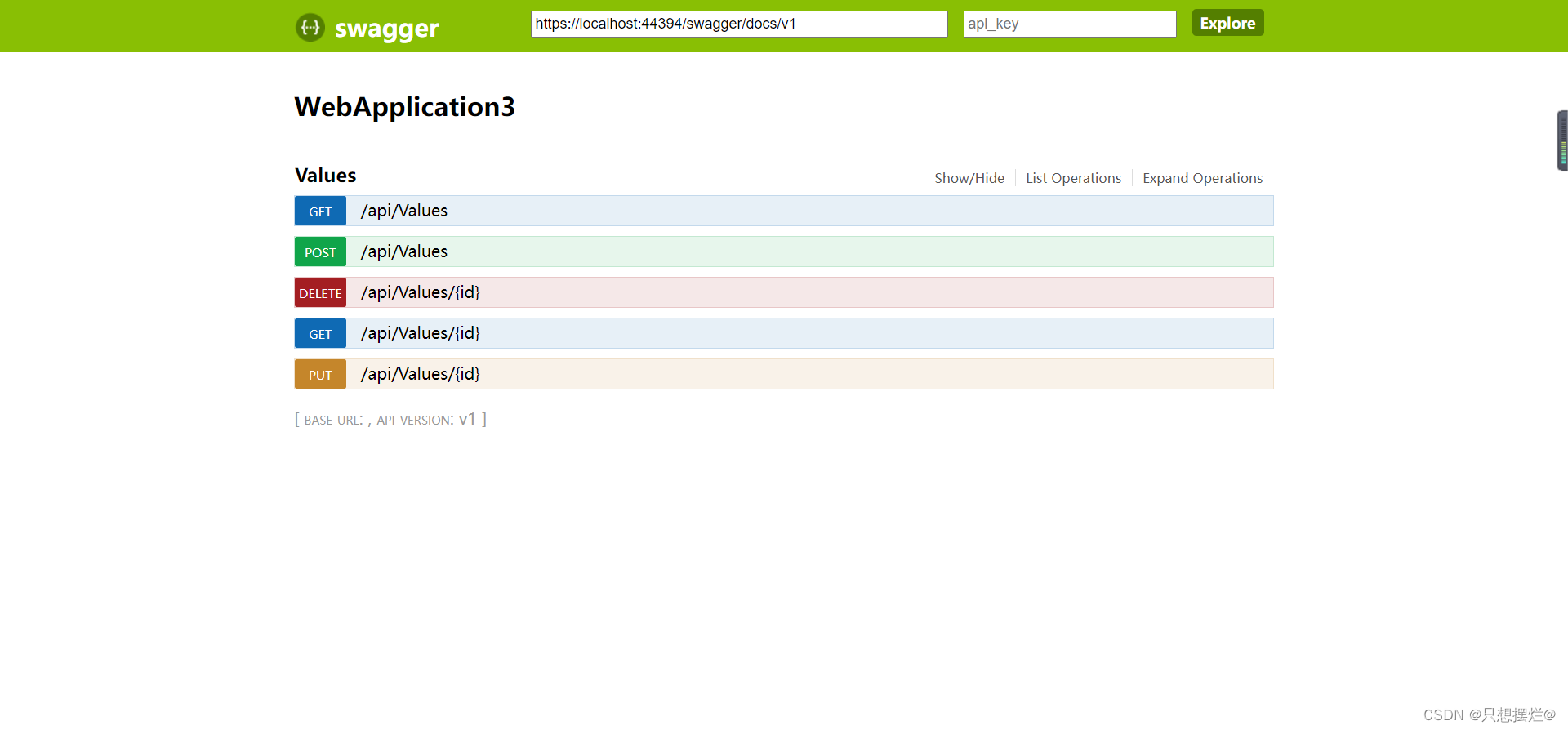
备注:如果入参出参为实体的话此内容也可以将描述加上去
c.IncludeXmlComments(GetXmlCommentsPath("Models"));
加到SwaggerConfig.EnableSwagger里面
11.如果多个POST 在接口不显示那么找到WebApiConfig.cs
config.Routes.MapHttpRoute(
name: "DefaultApi",
routeTemplate: "api/{controller}/{action}/{id}",
defaults: new { id = RouteParameter.Optional }
);
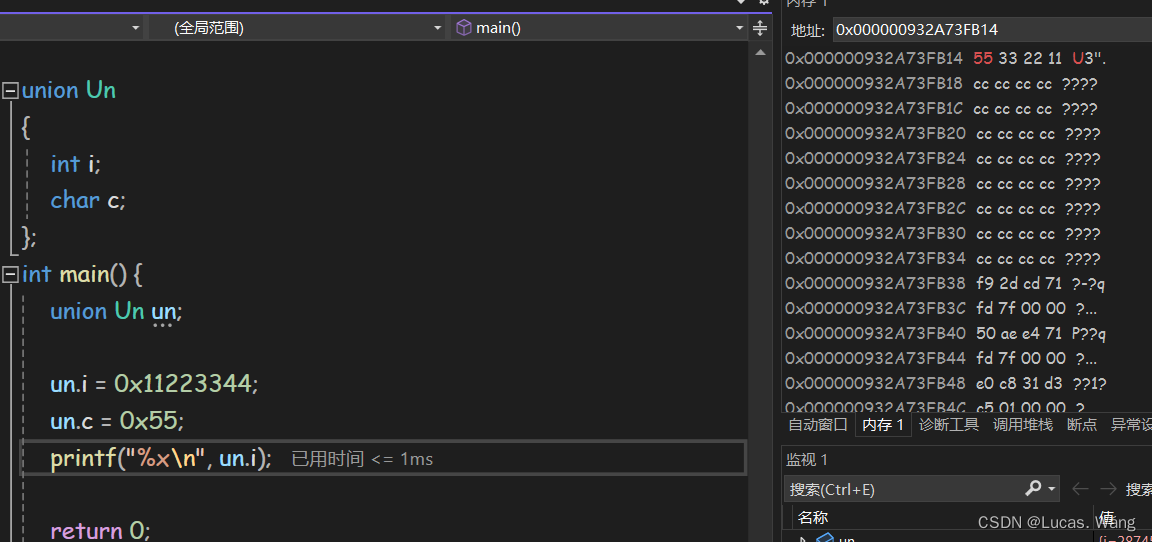
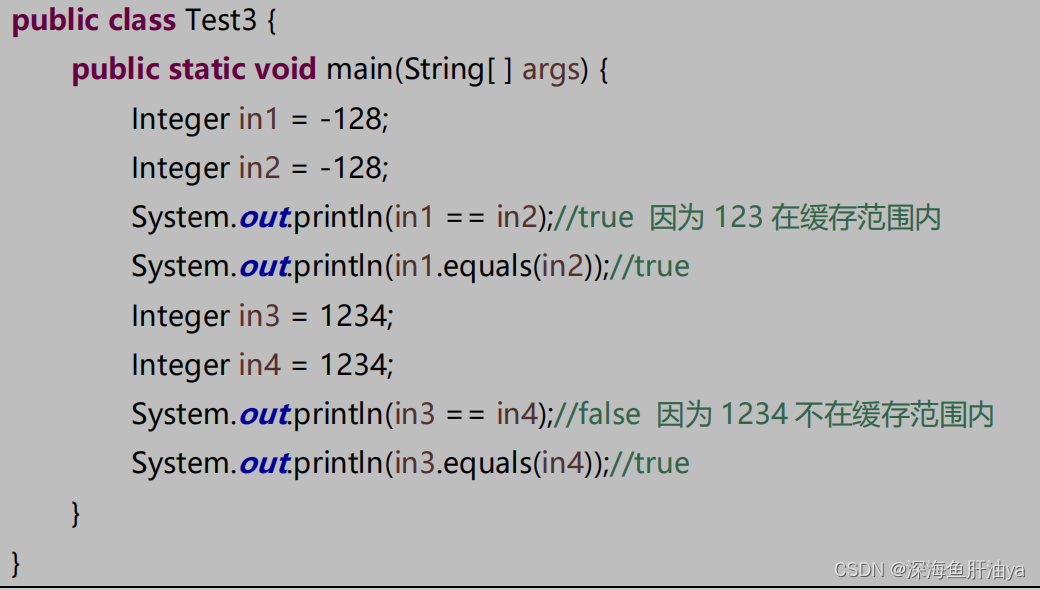


![[Vue3] useRoute、useRouter](https://img-blog.csdnimg.cn/direct/7df1ed7e6b9c4818a27d60e5f09e4a97.png)


